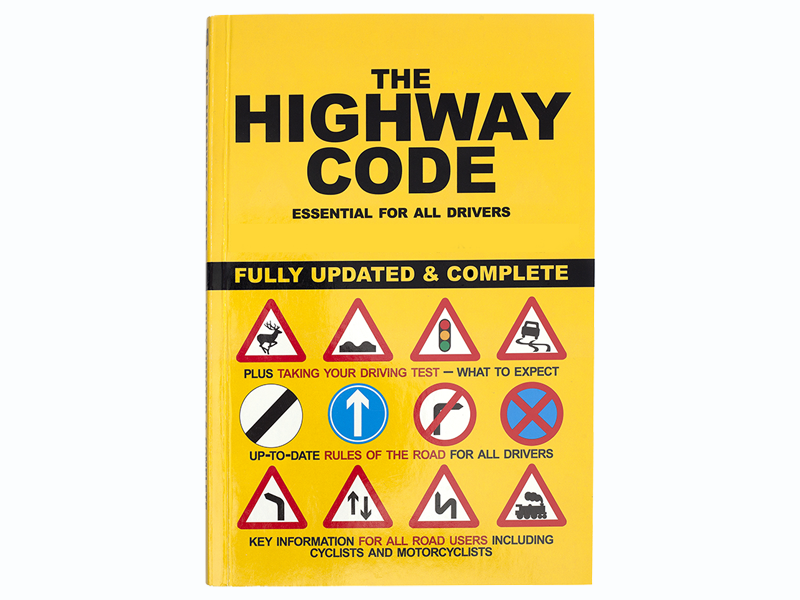Updated Rule 91 –
You must ensure to get sufficient sleep before long journeys. Emergency areas and hard shoulders on motorways should not be used for rest breaks due to sleepiness, or for stopping or parking, except in an emergency (Rule 240).
When you are travelling on motorways the appropriate places to take a break are service areas and other rest and refreshment facilities (rule 262).
Updated Rule 97 –
You must have a valid licence and insurance, and your vehicle must be legal and roadworthy. Basic vehicle maintenance and safety checks should be carried out before setting off.
Furthermore, you should have sufficient vehicle fuel or charge for each planned journey. It is recommended to take charged mobile telephone, which has emergency numbers as well as high visibility clothing for emergency use.
Updated Rule 98 –
When towing, reduced speed limits may apply. It also may take longer to build up speed when towing.
Trailers must be in a roadworthy condition and to be fitted with a secondary coupling device (required by law). Vehicles which are towing should not be using the outside lanes on motorways.
You may also need to use towing mirrors when towing.
